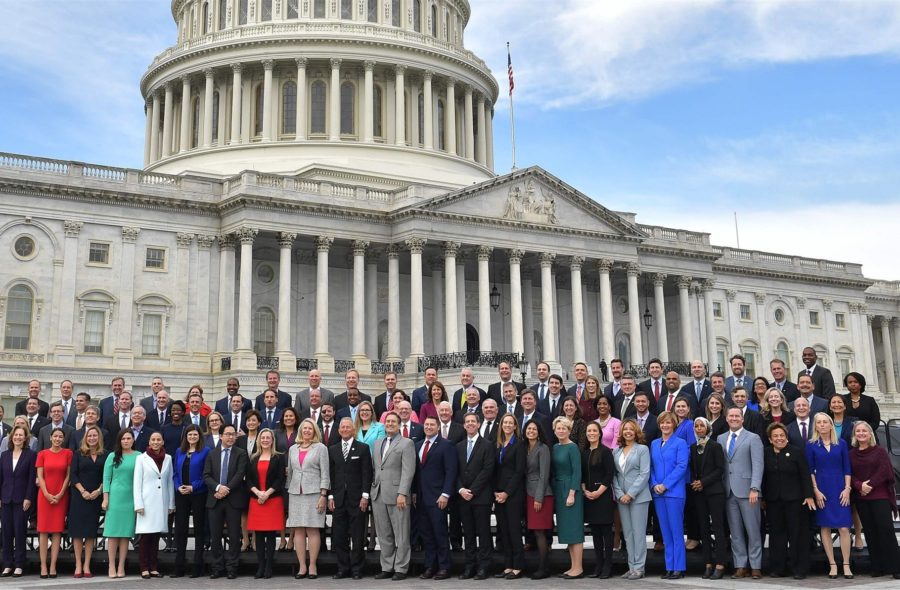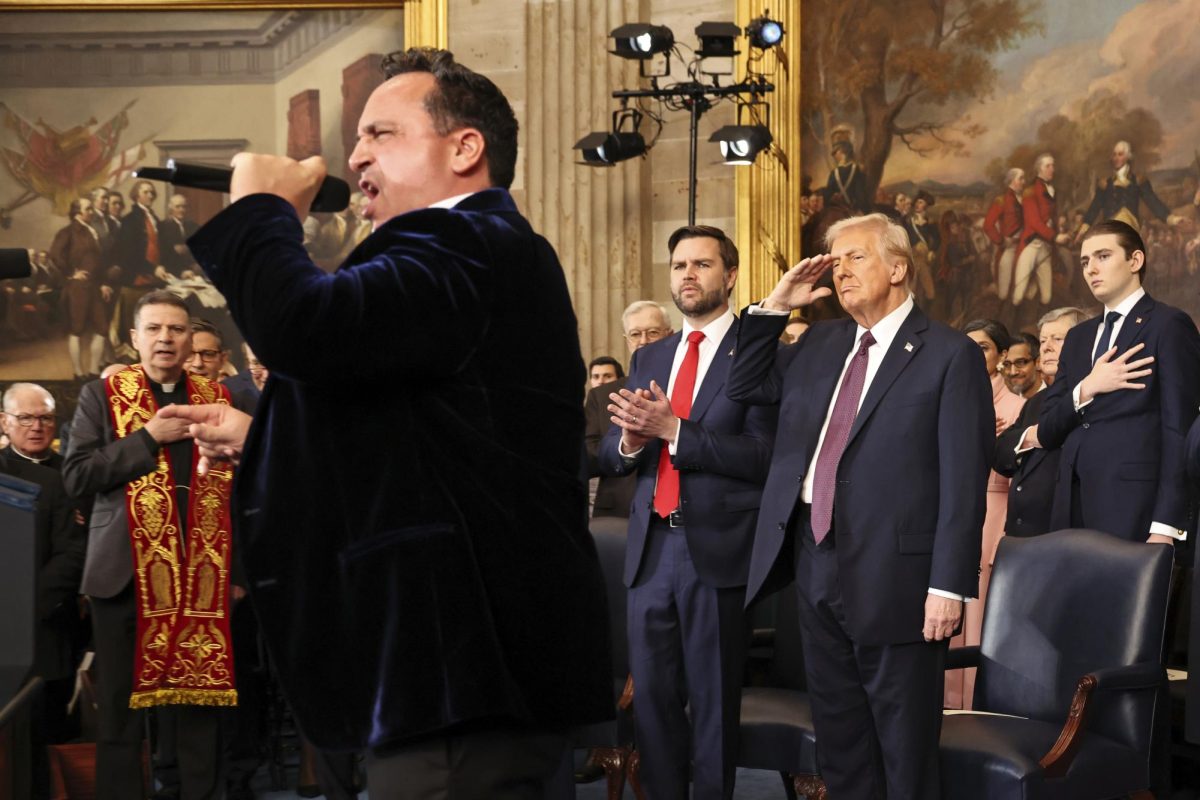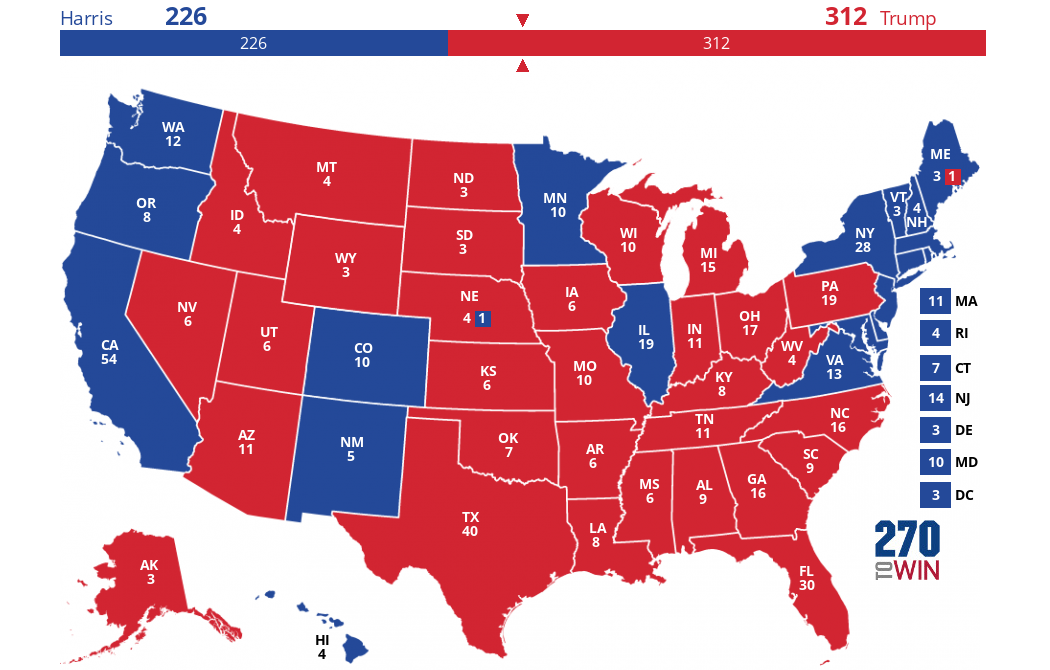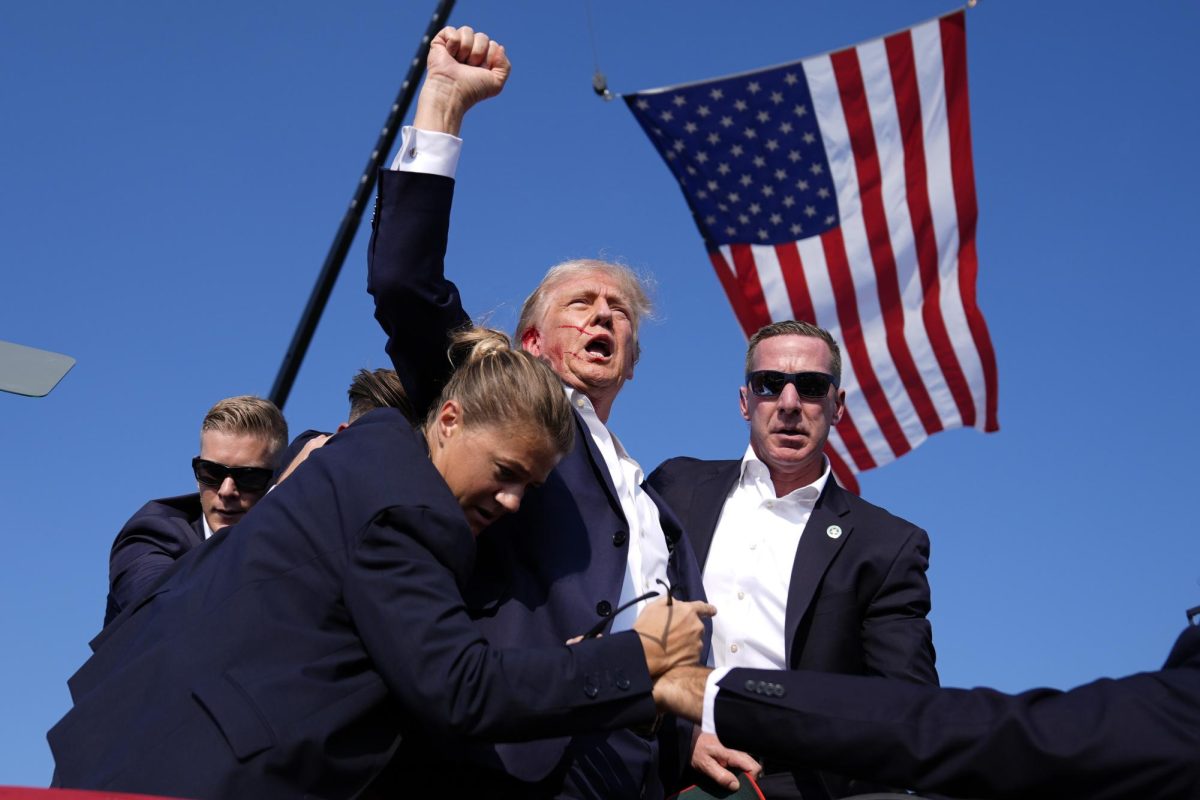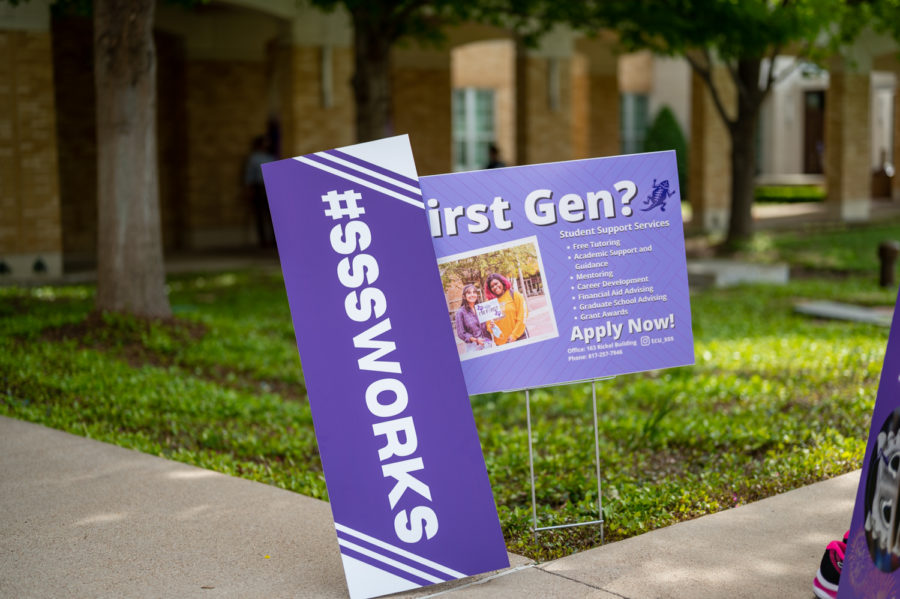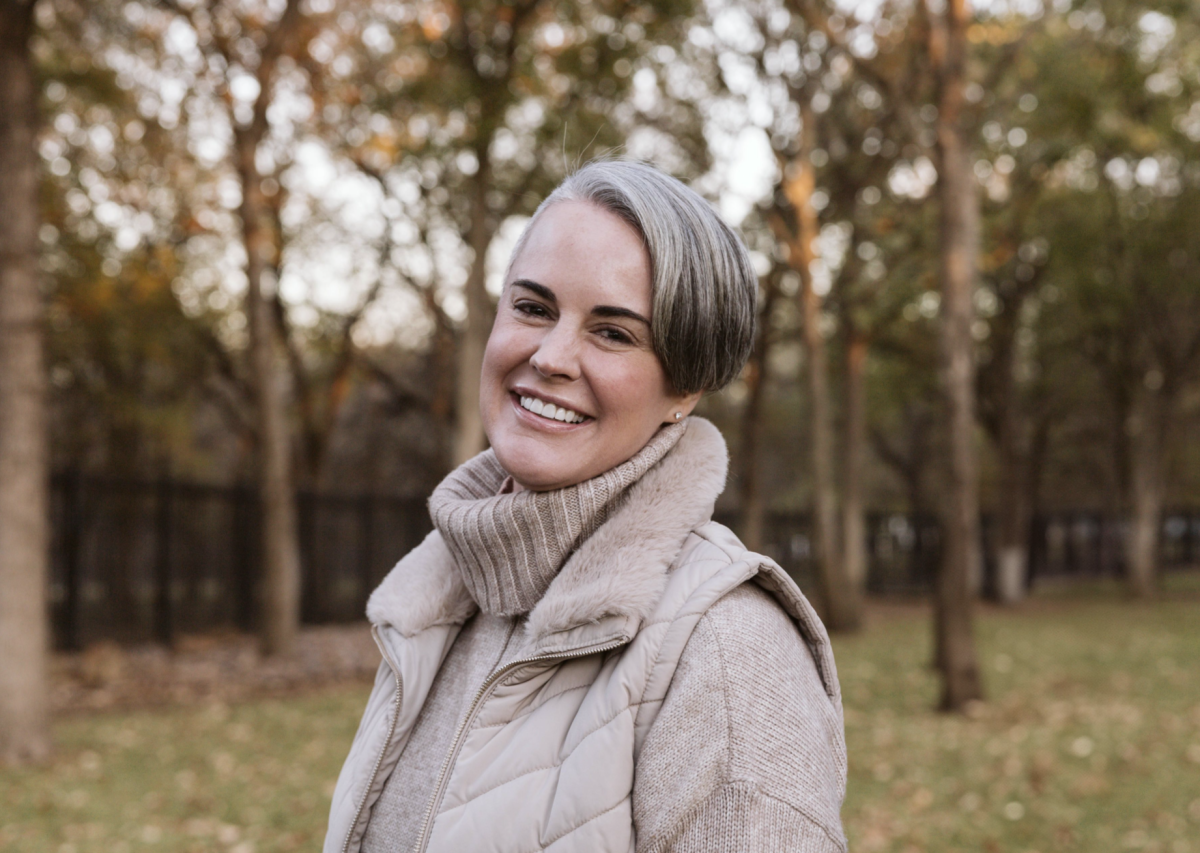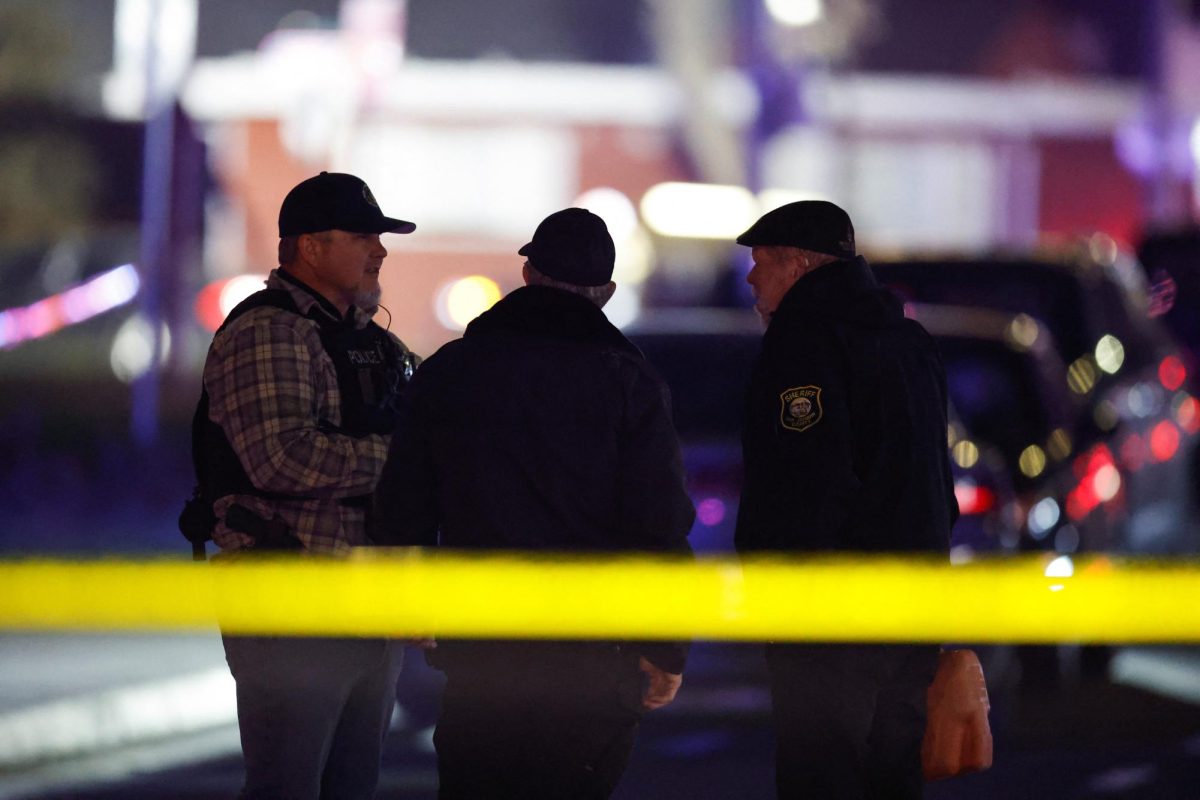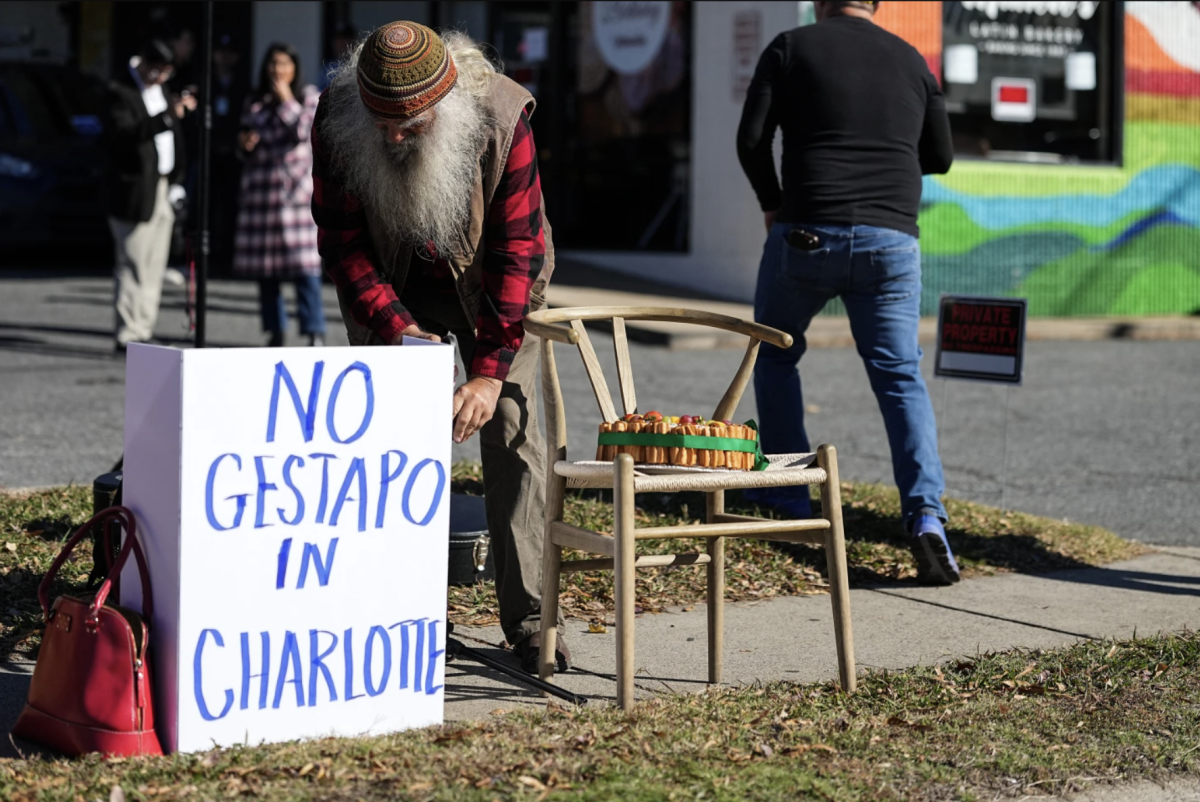Congress will get a new look on January 3. With more female candidates to choose from than ever before, Americans voted for a record high number of women to serve in the 116th United States Congress. Newly elected women also shattered diversity records. Candidates Ilhan Omar and Rashida Tlaib became the first Muslim women elected to Congress. Deb Holland and Sharice Davids became the first Native American women elected to Congress. And Maine, South Dakota, and Iowa elected their first female governors.
HISTORY! Ilhan Omar and Rashida Tlaib are the first two Muslim women to be elected to Congress. pic.twitter.com/bI24U9qOan
— Michael Skolnik (@MichaelSkolnik) November 7, 2018
TCU political science professor Joanne Green attributed the increase of female candidates to a “perfect storm” of societal frustration. A combination of the #MeTooMovement, gun violence and Donald Trump’s campaign motivated women to run, Green said. The Trump campaign shifted women’s attitudes about what it meant to be president, said Anne Moses, founder of the political organization IGNITE. “Historically one of the reasons women have not run is that they feel under-qualified to run and simultaneously overvalue the qualifications for elective office,” Moses said. “Having a president that so clearly did not hold traditional qualifications lowered that bar.” Another reason that women didn’t run as much in the past was because of difficulty gaining financial support in campaigns. “Women are socialized to be altruistic, not self-interested, so asking for money for themselves is harder than asking for money for like a philanthropy,” Green said. Underrepresentation in government is clear in the representatives of 2018, according to the Center for American Women in Politics. The majority of Americans wanted a change, according to a Pew Research Center study. Fifty-nine percent of Americans want to see more women in government and top corporate positions. Democrats are beating Republicans to the punch, however. They have a longer history of supporting and providing resources to female politicians, Green said. And “women are more liberal than their male counterparts on social issues,” regardless of other demographic factors that influence party distinctions. That showed in the midterms this year, with fifty-nine percent of women voting for the Democratic candidate in Congressional elections. Women are “vulnerable in many ways,” Green said. They are less likely to be paid well and more likely to be victims of a crime, she said. “The Democratic Party is more supportive of egalitarian policies, which advance equal opportunities in employment, education” and reproductive rights, Green said. Moses said she believes unequal female representation in different parties is problematic. “If we want to get to political parity we need women on both sides of the aisle in equal numbers,” Moses said. But there are still some barriers to achieve political parity. Rebecca Montgomery, the head of advocacy at the Fort Worth Chamber of Commerce, is no stranger to navigating biases in the political sphere. “Women must work harder to be included, to be invited to the table,” Montgomery said. But she said she believes the midterms are just the beginning of progress. “We should encourage one another to become more engaged in our political environment, educate ourselves on the issues, ask questions for understanding and clarity, and have respectful political discourse,” Montgomery said.

